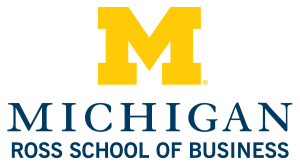The year was coming to a close, and the founders of Operation ASHA (OpASHA), Sandeep Ahuja, CEO, and Shelly Batra, President, were looking back on their accomplishments — 2012 had been a great year for the non-governmental organization (NGO). OpASHA had won the Wall Street Journal Technology Innovation Award for the health care category. Bill Gates tweeted “@MSFTResearch has teamed up with @OperationASHA to fight#TB in India. Better data = better outcomes.”The publicity enhanced OpASHA’s profile, but Ahuja and Batra worried about sustainability. While the government of India provided funding for diagnostics and medicines, financial support for health care start-ups was rarely offered. Funding gaps constrained scalability. Lobbying the government for support was one route, but Ahuja wondered if OpASHA could leverage its key assets and capabilities to generate additional sources of revenue.
Operation Asha: Effective, Efficient and Scalable Model for Tuberculosis Treatment
by: Ravi Anupindi
Core Disciplines: Base of the Pyramid, Information - Technology & Management, Operations Management/Supply Chain, Strategy & Management, Sustainability
Available Documents
Click on any button below to view the available document.
Make sure you are registered and/or logged in to our site to view product documents. Once registered & approved, faculty, staff, & course aggregators will have access to full inspection copies and teaching notes for any of our materials.
$3.95
If you need to make copies, you MUST purchase the corresponding number of permissions, and you must own a single copy of the product.
Electronic Downloads are available immediately after purchase. "Quantity" reflects the number of copies you intend to use. Unauthorized distribution of these files is prohibited pursuant to term of use of this website.
Teaching Note
This product does not have a teaching note.
Description
Teaching Objectives
After reading and discussing the material, students should:
- Examine OpASHA’s service delivery model and explain why the model works.
- Explain how OpASHA decides how many providers it needs in a community.
- Analyze how OpASHA’s eCompliance system helps it to track patient status in real time and quickly scale to new communities.
- Provide strategy recommendations on how OpASHA can maintain financial sustainability.

